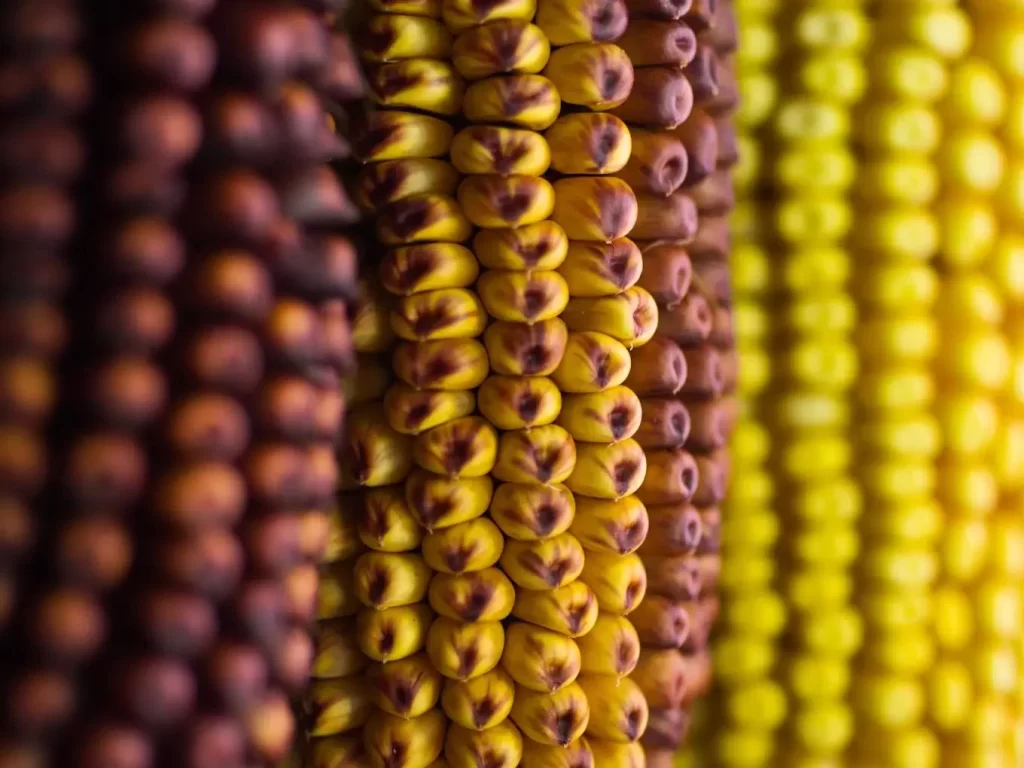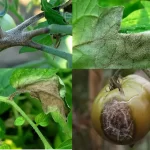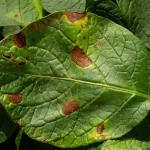DNA Sequencing: Basics
Introduction
What is DNA? Why does it need to be sequenced? What does sequencing mean to begin with?
In this blog, we’ll dive into the world of DNA sequencing, explaining what it is and why it’s so important for growers. We’ll break it down in a way that’s easy to understand, no matter your scientific background.
The ABCs of DNA
Let’s start with the basics. DNA is like a recipe book for all living things. It’s made up of units called ‘bases,’ similar to letters in the alphabet. These bases are adenine (A), cytosine (C), guanine (G), and thymine (T). These letters (the A, C, G, and T) can be grouped in a sequence. Just like letters in a sequence can form words to make sense, these bases in a sequence form genes. The organism translates these genes, and it determines the characteristics of an organism. For example, genes determine plant height, flower colour, or fruit size. A great place to help you with definitions is this Talking Glossary by the National Human Genome Research Institute: https://www.genome.gov/genetics-glossary.
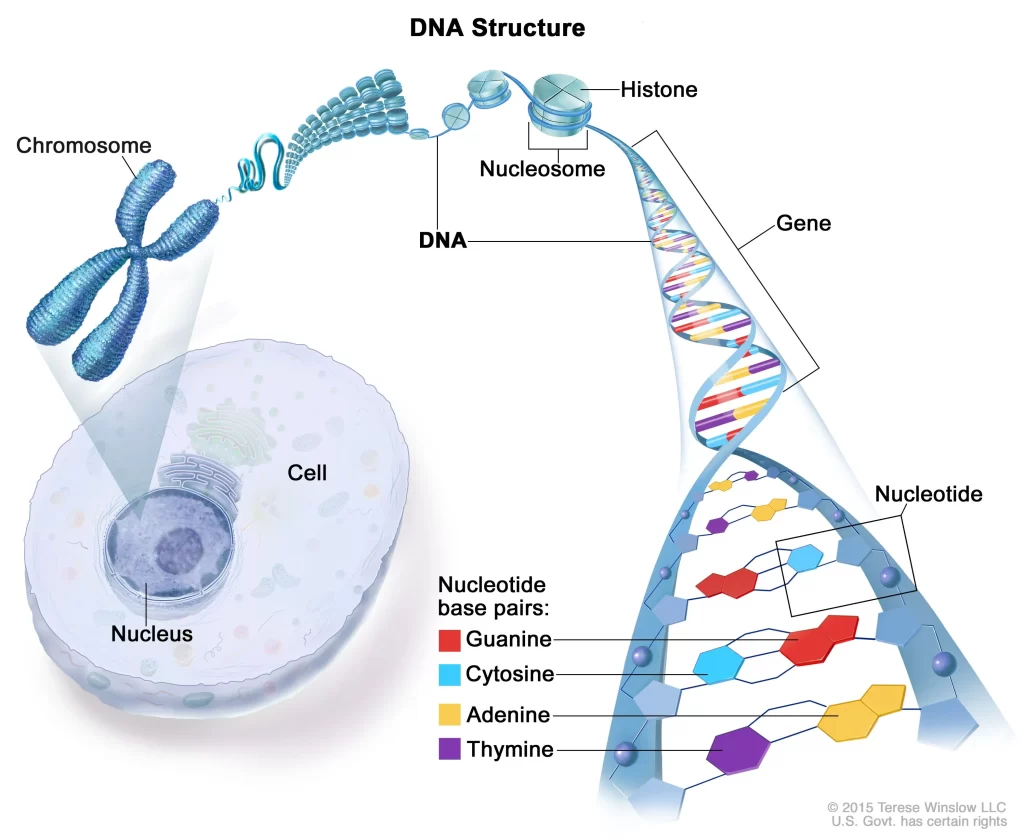
We provide excellent overviews of many agricultural microorganisms. Subscribe to stay updated!
DNA Sequencing in a Nutshell
Imagine if you had to read a book, but all the pages were jumbled up. DNA sequencing is like putting the letters in order and reading the words so it makes sense. It’s a process where scientists determine the exact order of the DNA bases in a gene.
Next, your letters are in order, and you can understand one page; but you still need to put all the pages to read the book! In the same way, DNA sequencing helps scientists by ordering genes on where they should be in the genome–the organism’s collection of genes.
Simply put, DNA sequencing really just means putting the DNA in order so we can read it and understand its contents, just like reading a book.
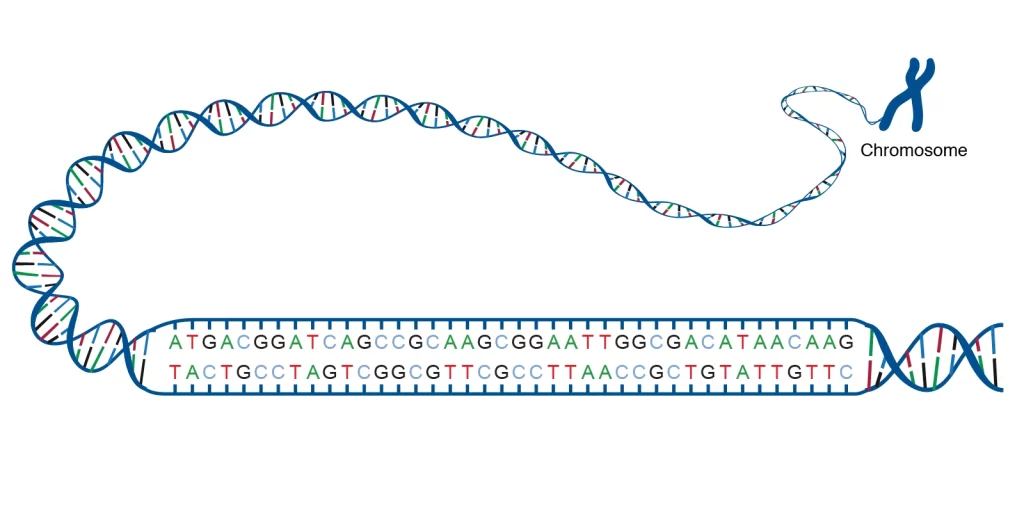
Decoding DNA: The Sequencing Process
Let’s delve a bit deeper into the world of DNA analysis. Two essential tools in this process are the polymerase chain reaction (PCR) and DNA sequencing devices. Don’t worry; we’ll explain these in easy-to-understand terms!
Multiply with PCR
PCR, or polymerase chain reaction, is like a magical copy machine for DNA. Just as a photocopy machine can take one document and make hundreds of copies, PCR can multiply a tiny amount of DNA millions of times.
Imagine you’re trying to find a tiny word in a really big book, but the words are too small to see clearly. Now, imagine you could make lots of copies of just that word and stack them up. Now the word becomes a big, easy-to-see block compared to the other words around it.
That’s similar to what PCR does with DNA. PCR takes a specified piece of DNA and copies it over and over. Scientists use this photocopy method to find genes quickly. First, however, they need to know the sequence gene and the bases around it so they know what sequence needs to be “photocopied” or amplified.
Reading the Sequence
Once we’ve got enough DNA through PCR, the next step is to read the sequence of bases (those A’s, T’s, C’s, and G’s we discussed earlier). That’s where DNA sequencing devices come in.
You can think of these devices as the most advanced code-breaking machines. They take the amplified DNA and work out the exact order of the bases.
There are several types of sequencing machines, but they all serve the same basic purpose: to read the sequence of DNA so we can interpret it. For example, our Pathogen Mini uses qPCR. It’s similar to PCR but can count the DNA in a sample. Its speed is around three days turnaround times. However, this method needs to have a target, which is used to confirm the identity of the organism you are looking for.
Amplicon sequencing, which our Pathogen+ service use, is one of the most accurate and deep methods since it reads the pieces of DNA letter by letter. With this method, you do not need to have a target organism, and it is excellent for finding out unknown microorganisms.
From Lab to Field: DNA Sequencing for Farmers
So, you might wonder, “What does this have to do with my farm?” Good question! DNA sequencing has a lot of applications that can benefit farmers. Here are a couple of ways:
Detecting Pests, Diseases, and Everything Else
DNA sequencing can help identify harmful pests or diseases in your crops before they become a major problem. By sequencing the DNA of pathogens (nasty organisms that cause disease), scientists can develop tests to quickly and accurately detect their presence.
Pathogens typically shed DNA in the environment. So by picking up the DNA and sequencing it, you can identify the pathogen without having to find it directly! This is particularly useful for places like irrigation systems where water flow can help collect all the DNA in the water in specific spots.
But let’s talk beyond pathogens. All living things have DNA, so organisms that help your system can also be detected. This is a little more difficult since scientists are still trying to understand what is considered helpful. But microbes that help plants access nitrogen, phosphorus, and micronutrients will shed their DNA. So we can capture the DNA and see if beneficial microbes are in the system.
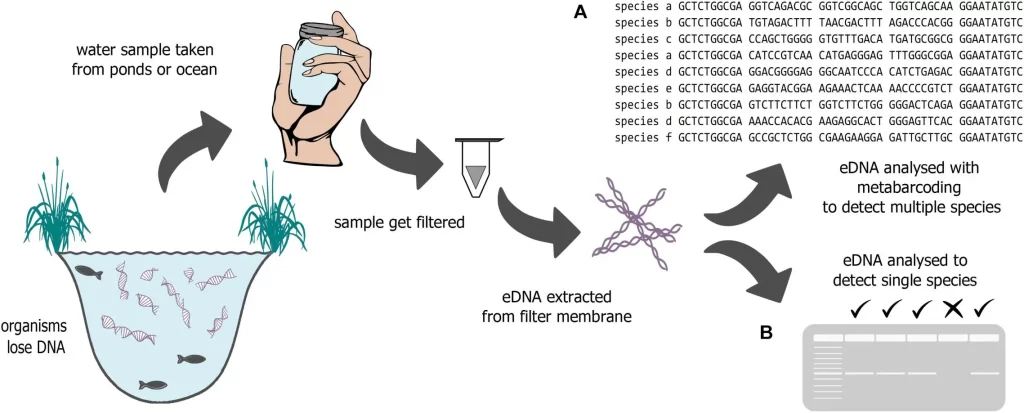
Breeding Better Crops
DNA sequencing can also help in breeding better crops. By looking at the DNA, scientists can identify the genes responsible for desirable traits like drought resistance or high yield. This can help breed plants with these characteristics, making crops healthier and more productive.
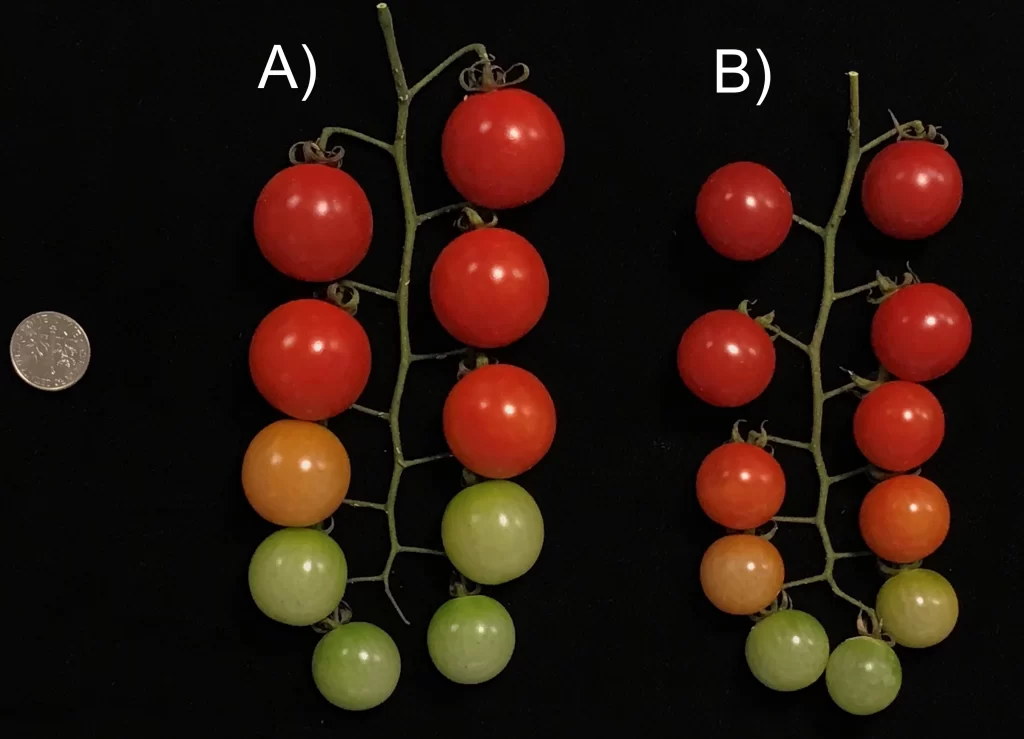
Wrapping it Up
DNA sequencing might sound like a complicated process that only happens in fancy science labs, but its benefits reach far and wide, including your farm. Understanding DNA sequencing can unlock a world of possibilities, from keeping your crops disease-free to improving their quality and yield. So, the next time you’re tending to your plants, remember: you’re not just a grower—you’re a steward of the world’s tiniest building blocks of life!
![]()
David Santos is the COO/CMO of Healthy Hydroponics InnoTech


